All products featured are independently chosen by us. However, SoundGuys may receive a commission on orders placed through its retail links. See our ethics statement.
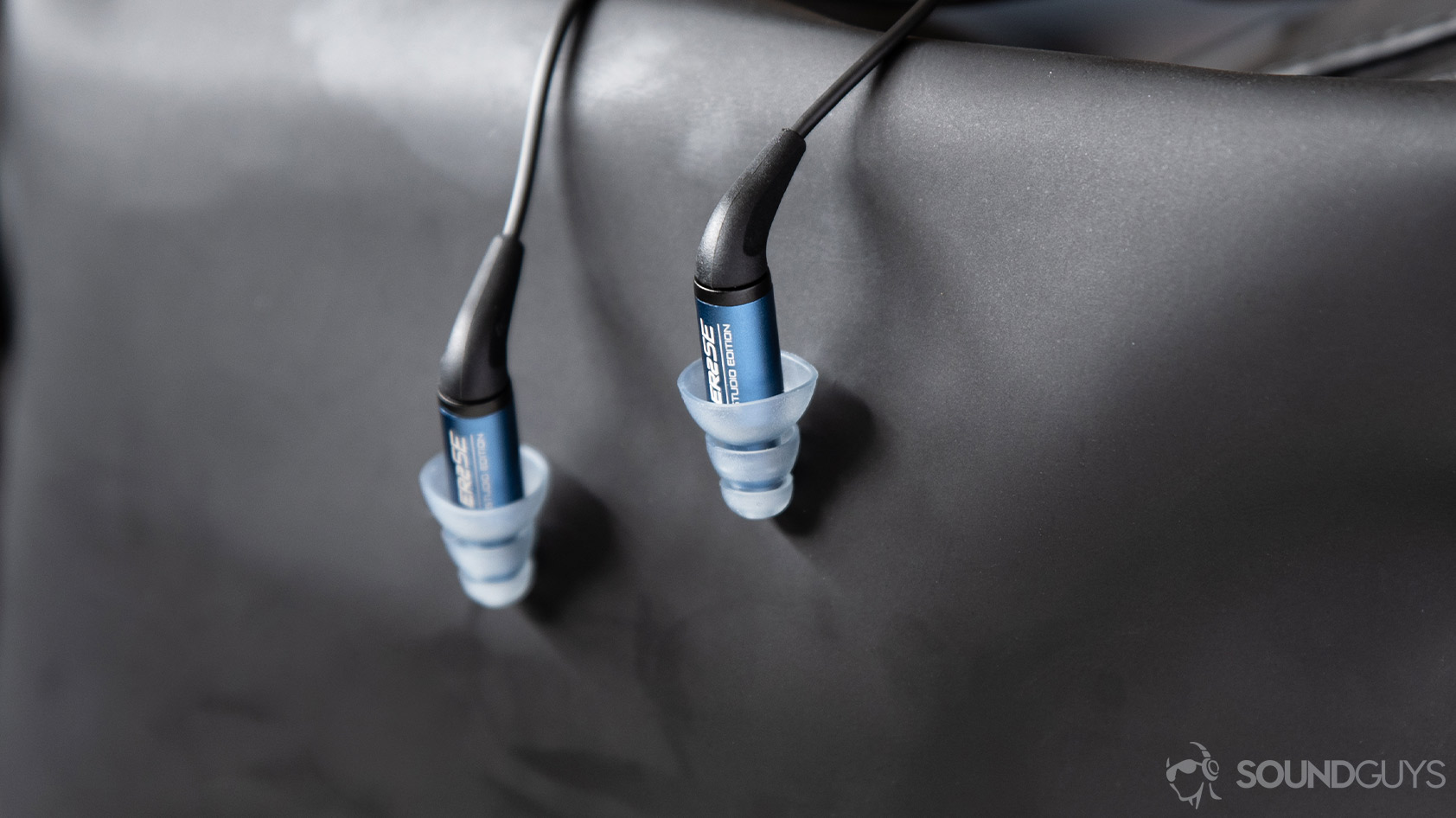

Etymotic ER2SE review
April 14, 2022


Etymotic ER2SE
Let’s face it earbuds can be boring. They all have the same basic shape: a round housing with a nozzle and maybe an ear hook thrown in, but the Etymotic ER2SE sticks out, literally, due to its tube-like housings. If the look fo the earbud doesn’t immediately charm you, perhaps the sound quality is enough to change your tune. For the reduced price, it’s easy to argue in favor of these in-ears.
Editor’s note: this Etymotic ER2SE review was updated on April 14, 2022, to add the Linsoul TIN HiFi T2 in the Alternatives section, expand the list of buying options, include in-line FAQs, and add new testing charts.
- Budget audiophiles should get the Etymotic ER2SE because these earbuds offer a similar experience to the company’s ER4SR IEMs for less than half the cost. Although the ER2SE uses dynamic drivers—rather than the ER4SR’s balanced armature drivers—audio sounds accurate across the frequency range.
- Environmentalists will appreciate how easy it is to replace the cable and ear tips once they’re worn out. This saves you from buying another set of headphones when the hardware fails and reduces waste overall.
What’s it like to use the Etymotic ER2SE?
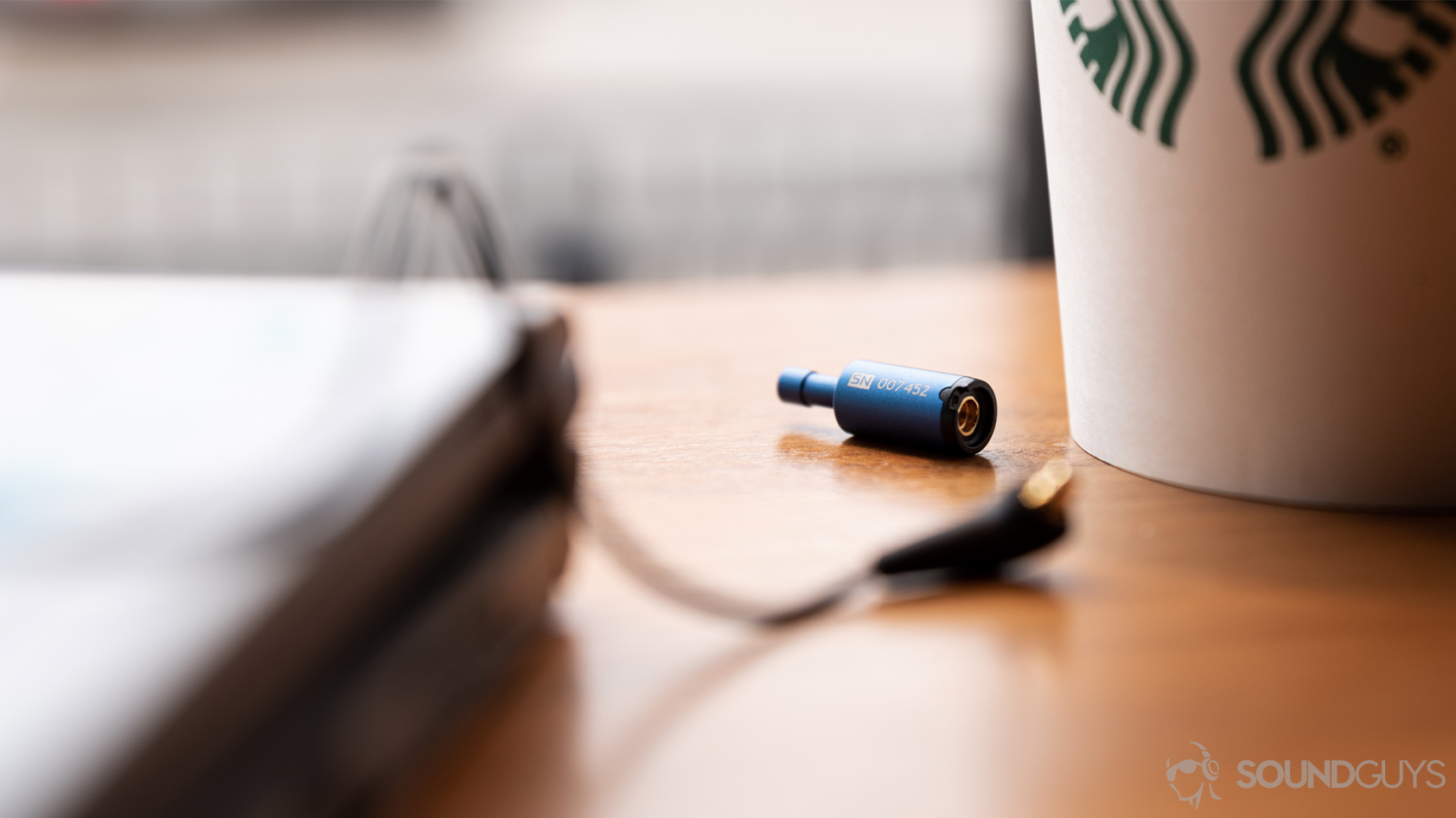
The anodized metal housings are corrosion-resistant and feature uniquely slim nozzles that make the earbuds comfortable during long listening sessions. Standard earbuds have much wider nozzles. This proves problematic after one or two hours because it creates constant pressure against the circumference of the ear canal. Inside each nozzle is a removable filter that protects the drivers from dust, earwax, and other buildups.
Start here: What makes a good set of in-ears?
Etymotic uses the same type of MMCX cable as audio powerhouse Shure, making it easy and affordable to replace the cable when needed. In order to properly attach the housings to the MMCX connectors, you must align the small protruding pieces on the cable with the small indented notch on each housing. Doing so not only secures the components together but also prevents listeners from mixing and matching cables and housings. Sadly, this means you can’t use the Etymotic cable with any Shure earphones.
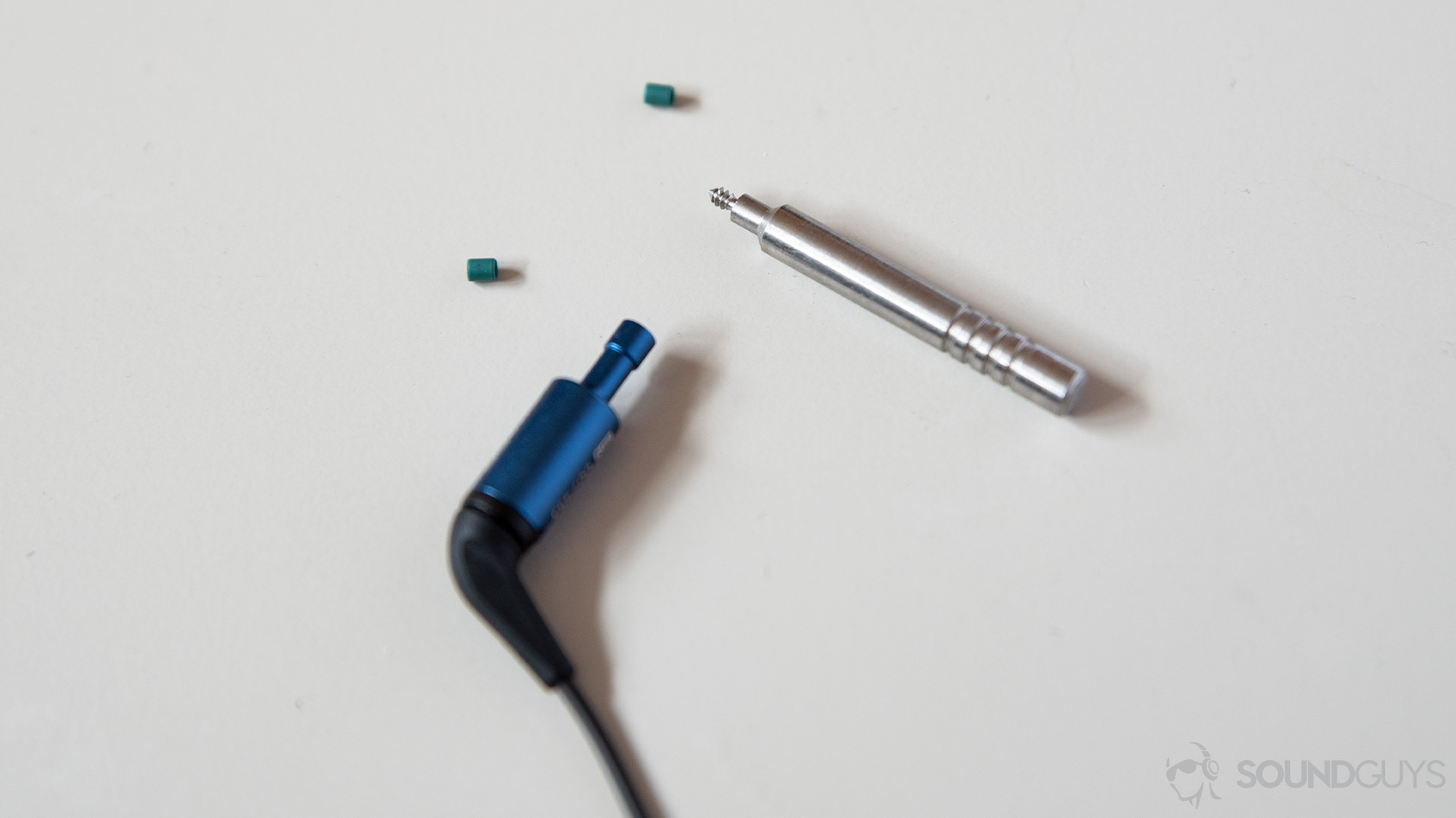
When you purchase the Etymotic ER2SE, you’re afforded three pairs of ear tips—one memory foam and two triple-flange options—a shirt clip, and filter-removal tool. Oh, the company also provides a nice mixed-media zippered case for transport. This contains a netted pocket for securing any of the ear tips or whatever else you want to toss in there.
Another way to maintain the headset and protect your ears from infection is by frequently cleaning and replacing the ear tips. The three-flange tips should be replaced every two to three months, and the foam ear tips should be replaced even more frequently: they collect earwax and oils more than their silicone counterparts.
Among Etymotic’s ear tips provisions is a filter-removal tool. A filter’s job is to prevent earwax and gunk from mucking up the actual earphone internals, so you should remove (and clean) filters when they become clogged. Any blockage can degrade audio quality and clarity. What’s more, if volume output isn’t as loud as it should be—and you know it’s not a hearing loss issue—it’s probably time to swap out filters.
- Remove the ear tips.
- Insert the filter-removal tool into the filter.
- Remove and discard the filter.
- Insert a new filter by hand; do not use the tool.
- Place the nozzle perpendicular to a hard surface and press gently until the filter is pushed into place.
- Re-attach the ear tips.
How do you connect the Etymotic ER2SE?
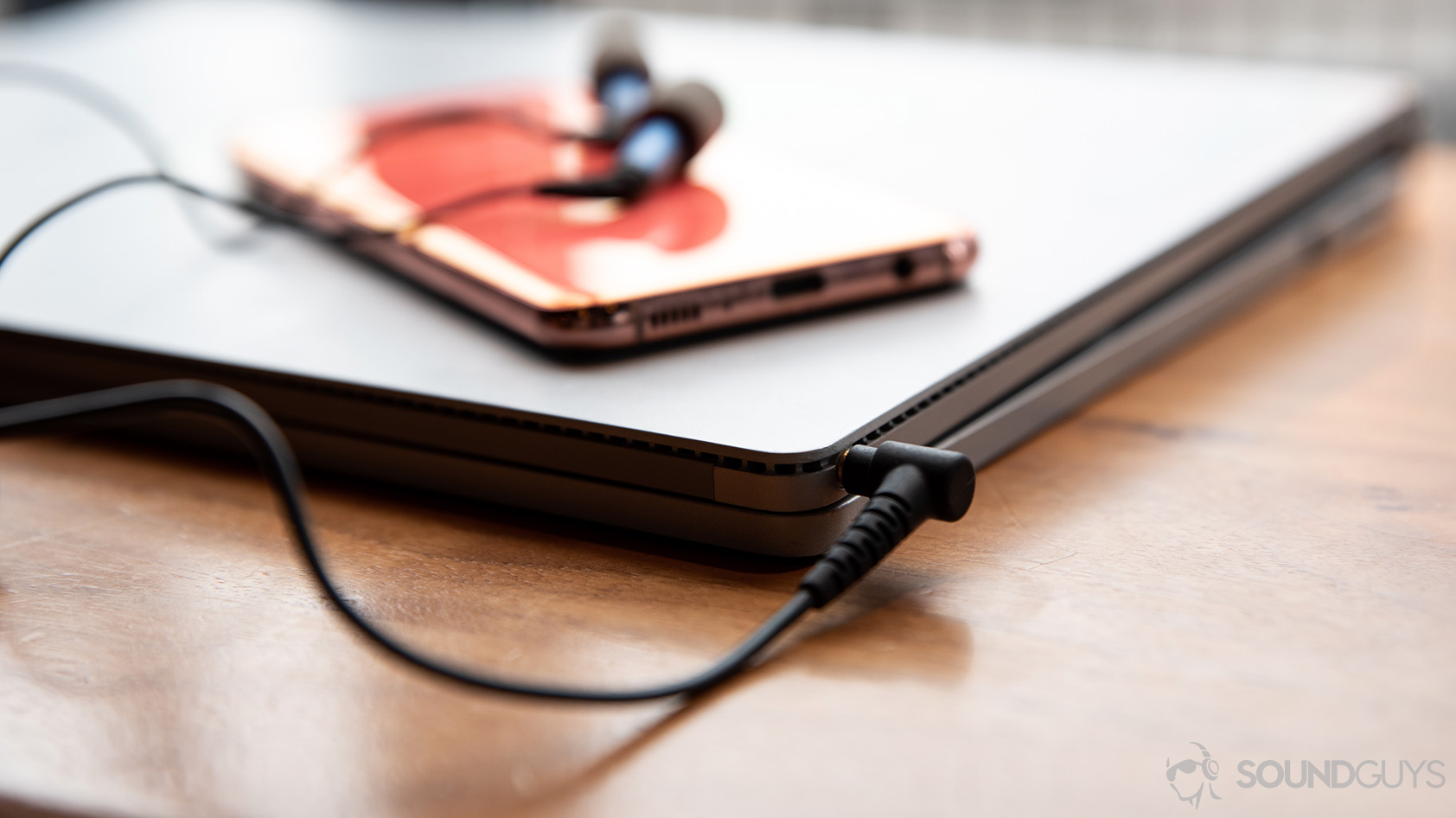
Etymotic’s wired earbuds connect exactly as you’d expect: by wire. The MMCX cable terminates in a 3.5mm jack which is great for listeners whose phones retain the headphone jack. Alternatively, you can always plug the cable into a dongle adapter.
Does the Etymotic ER2SE block out noise?
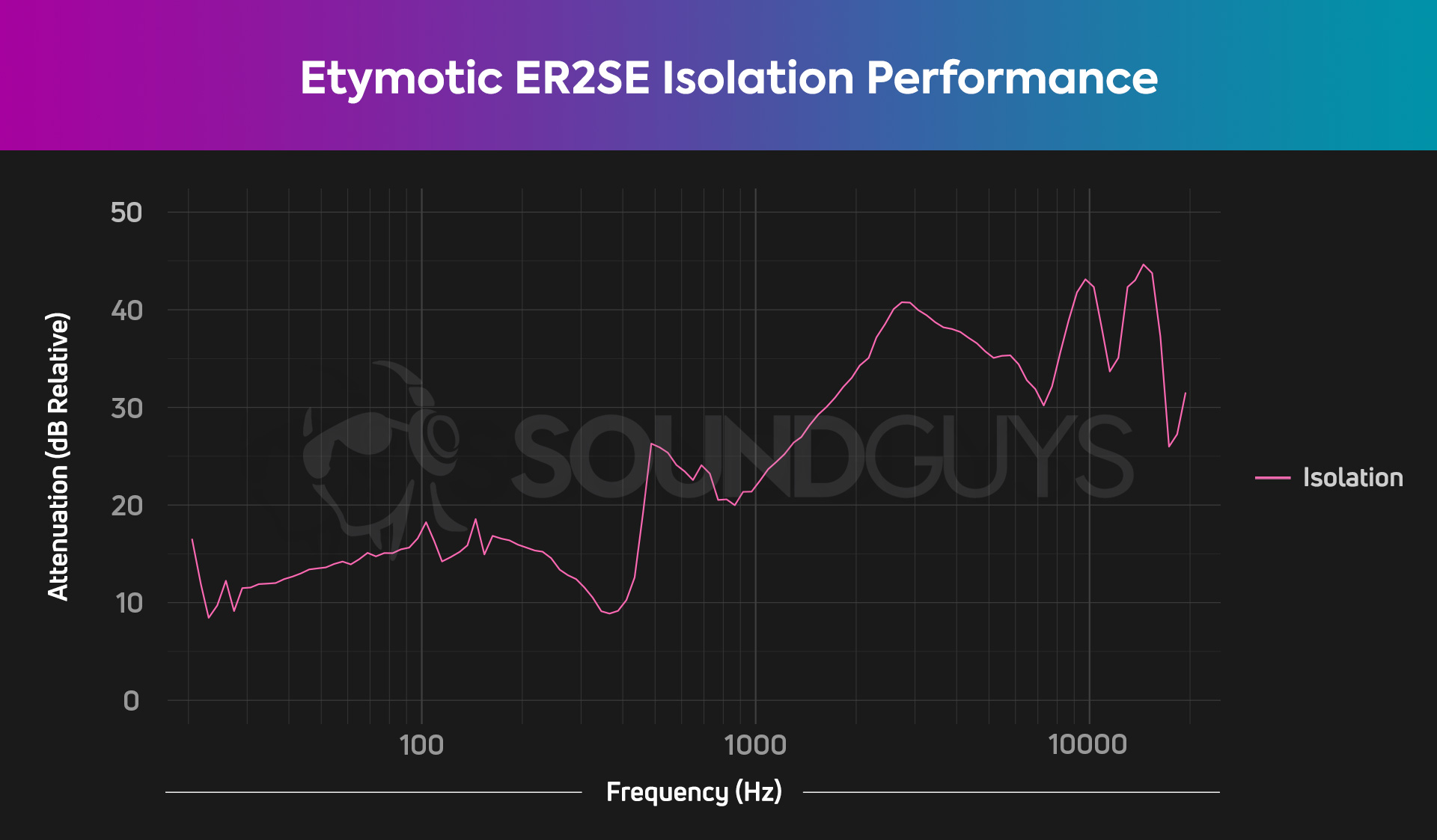
Etymotic’s design also illustrates the power of passive isolation. Isolation is excellent for non-noise canceling earbuds, with low frequencies sounding one-quarter as loud as they otherwise would. The small-diameter nozzles and dense memory foam material do wonders for blocking out external noise. When I take the earbuds to my local coffee shop, the cafe’s soundtrack is nearly inaudible.
In order for you to experience similar isolation performance, you have to spend some time getting a proper fit with the ear tips. If you’re using the foam variety, this means rolling them between your fingers before placing them in your ear canals, so they can expand and seal. Listeners who opt for the triple-flange pieces should pull up on the top of each ear while twisting the earbud into place until outside noise is blocked out.
How does the Etymotic ER2SE sound?
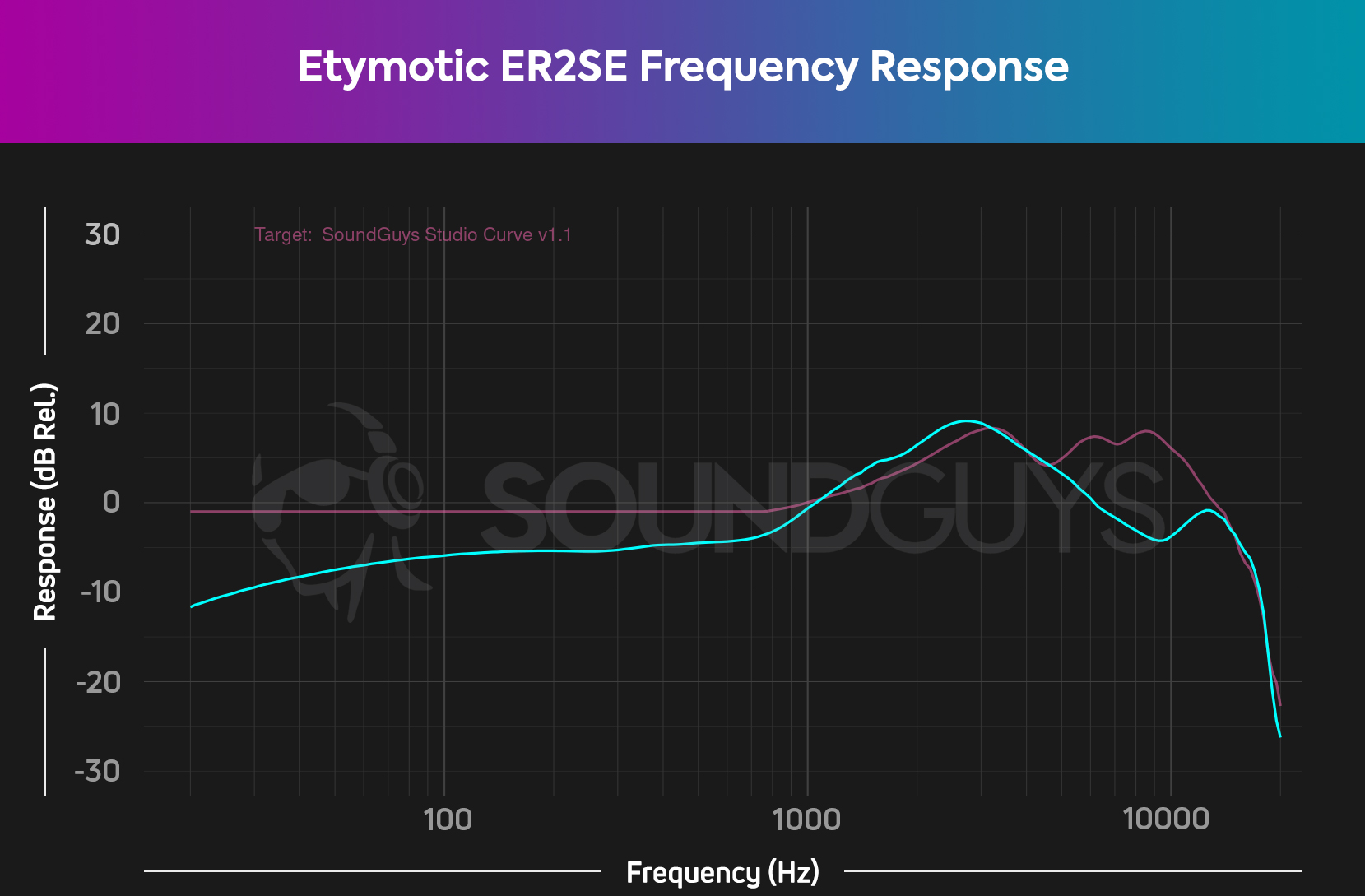
The Etymotic ER2SE’s dynamic drivers deliver the frequency response shown above, as measured on our B&K 5128 test head. The 1-4kHz boost closely follows our studio curve, but elsewhere there’s less output than we’d like to hear, so the upper midrange may be comparatively too loud for many. The upshot of this is that you might want to equalize the sound in a third-party app.
Lows, mids, and highs
In the song Cringe – Stripped by Matt Maeson, Maeson’s vocals are reproduced clearly alongside the A#-F-C piano chords. The Etymotic ER2SE handles the right-channel reverb well: it’s audible but not distracting. With some earbuds, I strain my right ear to try and pick out these background vocals.
A piano is present throughout the entire song, and it never makes it hard to hear Maeson’s voice. Skip ahead to part of the chorus at 1:54; when Maeson sing’s “I said I saw you in the water,” most earbuds amplify the piano too much right as he says “water.” That’s not the case with Etymotic’s IEMs.
To equalize the headset for mobile use, we recommend amplifying the sub-bass around 10dB and cutting the 1-5kHz range to about 8dB. If your EQ app allows it, be sure to also boost the 6-10kHz band by about 5dB.
(Click the chart to expand.)
Should you buy the Etymotic ER2SE?
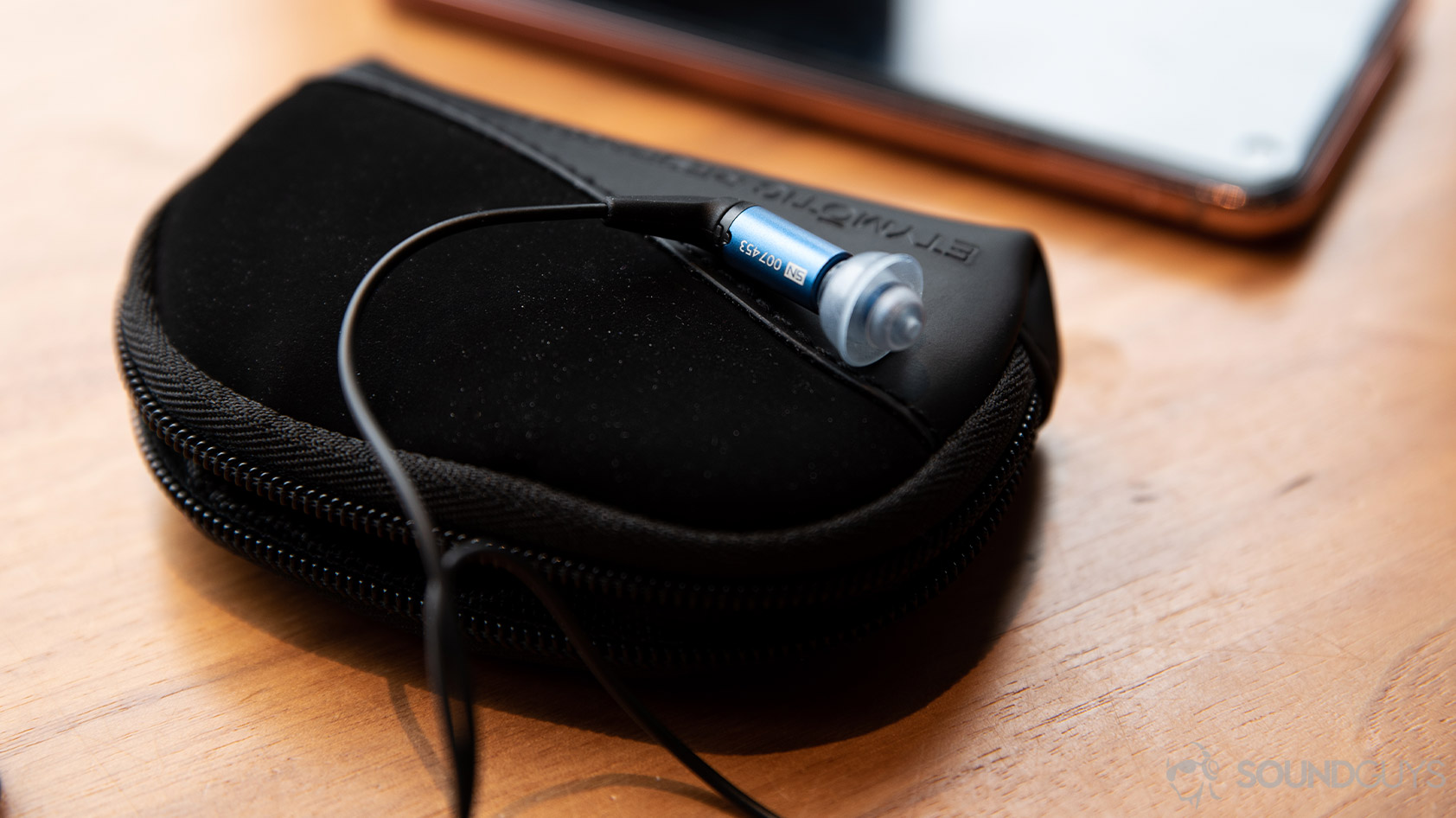
The Etymotic ER2SE proves an excellent option for listeners still holding tight to their beloved headphone jacks. The initial $150 USD cost of these earphones was a bit high for casual consumers, but as of June 21, 2021, the earbuds can be found for around $65 USD making them a steal.
Etymotic isn’t playing around: it takes audio seriously and has mastered the art of the noise-isolation earphone. Sure, the fit of the earbuds looks silly but it’s a signature Etymotic thing and could be considered charming by some. If you’re looking for best-in-class audio for a realistic price, the ER2SE is it.


The ER2SE are Etymotic’s middle-tier consumer earphones, so comparing them to the ER4SR may not seem completely fair. However, the ER2SE can hold its own against the company’s flagship in-ears.
Externally, the models are almost identical save for the model name and branding on the housings. In fact, both sets of housings are metal with an anodized finish, so no exceptional difference between the two there. Additionally, the earbuds are rated for the same amount of noise attenuation (35-42dB). When you get the ER4SR, however, you’re afforded a tangle-resistant 1.5-meter cable and a more diverse set of ear tips.
Related: Etymotic ER3XR review
The most notable difference between the earphones can be found under the hood: the ER2SE uses dynamic drivers to reproduce your favorite songs, while the ER4SR uses balanced-armature drivers resulting in imperceptible frequency variation between the left and right driver set.
If you plan to do professional work with your headset, the Etymotic ER4SR is a better investment as it’s used by sound engineers around the world. If, however, your listening is predominantly recreational with some pro gigs sprinkled in, the ER2SE will go a long way.
(Click the image to expand.)
What should you get instead of the Etymotic ER2SE?
Few earphones will perform as well as the ER2SE for the money, but for those of you who are willing to stretch your budgets a bit, the Sennheiser IE 100 PRO Wireless is a solid value. With Sennheiser’s IEMs, you get a Bluetooth connector that works with any of Shure’s MMCX earphones and supports SBC, AAC, aptX, and aptX Low Latency streaming. Of course, you can always revert to lossless playback with the provided 3.5mm MMCX cable instead.
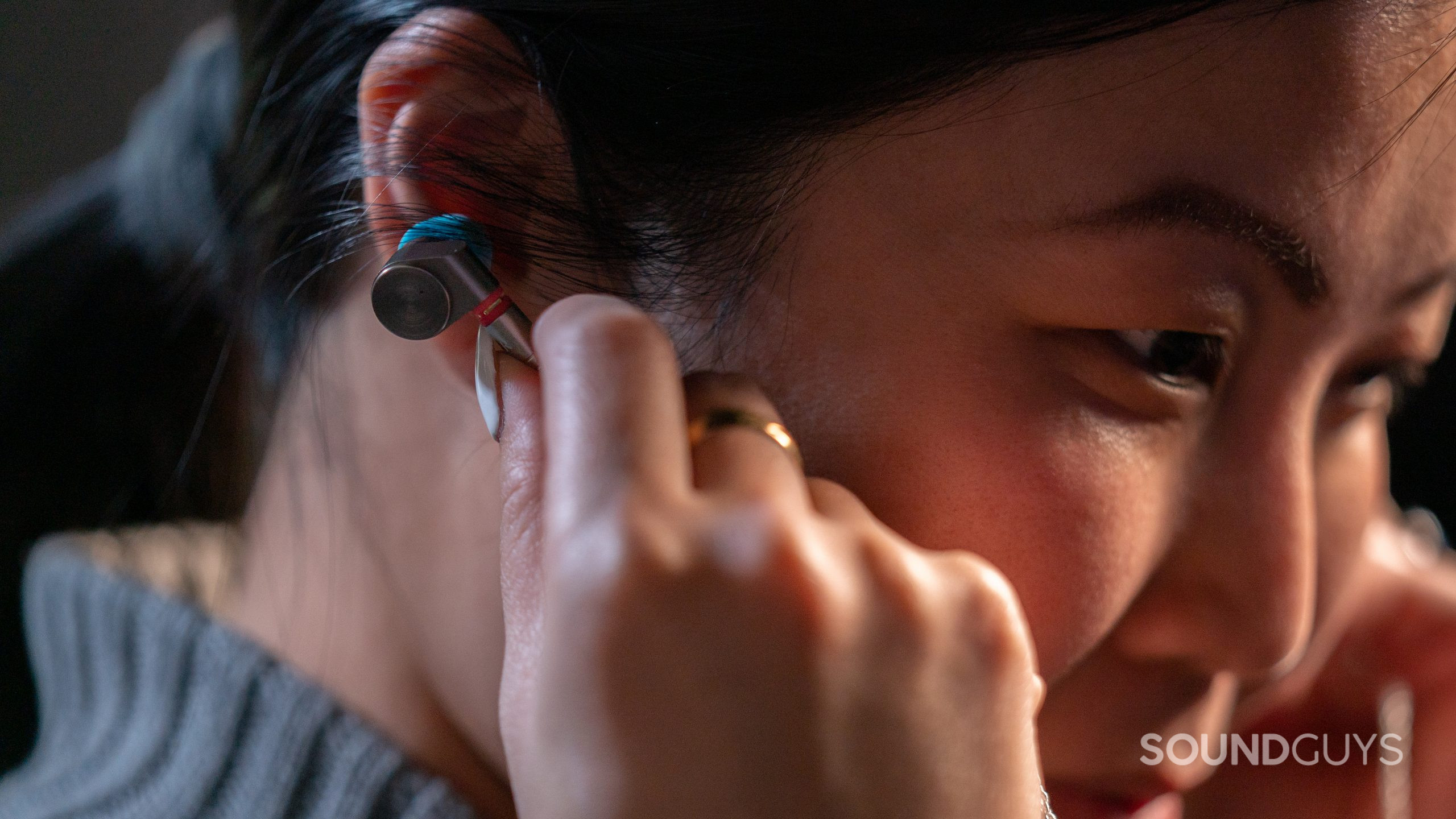
If you want to go cheaper, consider the Linsoul TIN HiFi T2. This pair of MMCX earbuds comes with a removable braided cable and eight pairs of ear tips, one pair of which is memory foam. The sound quality is stellar for the price, though you may want to pick up a different cable since the one Linsoul includes is difficult to maneuver.
Frequently asked questions about the Etymotic ER2SE
Wireless and true wireless fans advocate for Bluetooth everything because of convenience. They’re not necessarily wrong—it’s great to walk about without being tethered to your phone—but it’s only great when it works. Unless you’re using an iPhone with the AirPods Pro or some proprietary Apple headset, you’re bound to run into connection issues. Wired headsets avoid this altogether via the simple TRRS plug. All you do is plug and play.
Possible Bluetooth connection problems aside, wired audio outperforms all wireless streaming regardless of what high-quality Bluetooth codec is used. If you subscribe to any high-resolution streaming service like Amazon Music HD or Tidal (both of which support FLAC), then you should choose wired headsets every time.
That said, many smartphone makers have removed the headphone jack from their flagships, claiming any number of excuses for doing so. If you’ve been victimized by manufacturers’ headphone jack removal ploy, then wireless earbuds may be an extremely appealing buy. If that’s the case, there are plenty of options abound that support aptX for high-quality streaming.
Thank you for being part of our community. Read our Comment Policy before posting.